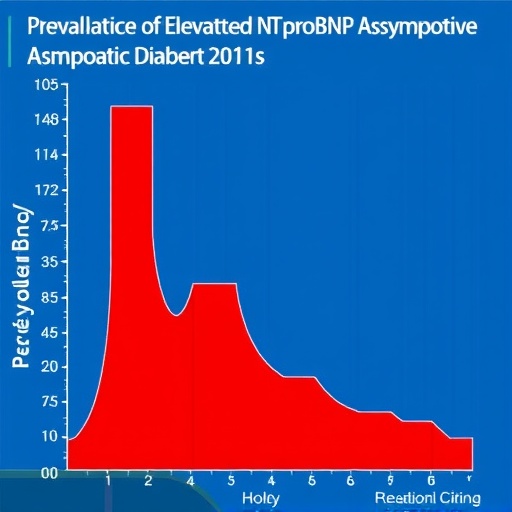The mini-symposium will present a wealth of neuroscience-related optical technology and applications

Credit: SPIE
On 30 October, SPIE, the international society for optics and photonics, will host a mini-symposium sponsored by SPIE journal Neurophotonics. The six-hour event, “Understanding the (Mouse) Brain with Neurophotonics,” will be hosted by the journal’s incoming editor-in-chief, Anna Devor of Boston University, and will feature a diverse, multidisciplinary cohort of neuroscientists presenting and discussing their latest research. Registration for the event is free and open to the public.
The event will be streamed from 8 am-2 pm PDT, and recordings of the individual two-hour sessions – each of which will include interactive Q&A time – will be available at a later date via the Neurophotonics Mini-Symposium page.
* Session I: From Neuronal Circuits to Behavior
Moderator: Andrea Hasenstaub (UC San Francisco)
Speakers: Spencer Smith (UC Santa Barbara), David Kleinfeld (UC San Diego), João Couto (Cold Spring Harbor), and Ariel Gilad (Hebrew University of Jerusalem).
* Session II: Astrocytes and Microglia in Neuronal Circuits
Moderator: Cam Ha Tran (University of Nevada, Reno)
Speakers: Xin Yu (MGH/HMS), Matthew Holt (VIB-KU Leuven Center for Brain & Disease Research), Li-Huei Tsai (MIT), Alba Peinado (UC San Francisco)
* Session III: From Neuronal Circuits to Hemodynamic Signals
Moderator: Michèle Desjardins (Université Laval)
Speakers: Na Ji (UC Berkeley), Evelyn Lake (Yale School of Medicine), Andy Shih (Seattle Children’s Research Institute), and Ravi Rungta (Université de Montréal).
“This year, many scientific meetings have been canceled or postponed due to COVID-19, interrupting the science community’s normal exchange of results and ideas,” says Devor. “Among them is the annual Society for Neuroscience meeting, which usually happens right before Halloween. To continue this tradition, Neurophotonics is stepping up with the first in a series of mini-symposia focused on the development and application of neurophotonics tools. October’s event will showcase hot-off-the-press advances in neuroscience-related optical technology as well as examples of application of these tools to in vivo imaging of neuronal, glial, and vascular function in the context of neurocomputation and behavior, and we look forward to the exciting conversations this day will inspire.”
To register for the event, please visit the Neurophotonics Mini-Symposium page.
###
About SPIE
SPIE is the international society for optics and photonics, an educational not-for-profit organization founded in 1955 to advance light-based science, engineering, and technology. The Society serves more than 255,000 constituents from 183 countries, offering conferences and their published proceedings, continuing education, books, journals, and the SPIE Digital Library. In 2019, SPIE provided more than $5.6 million in community support including scholarships and awards, outreach and advocacy programs, travel grants, public policy, and educational resources. www.spie.org.
Contact:
Daneet Steffens
Public Relations Manager
[email protected]
+1 360 685 5478
@SPIEtweets
Media Contact
Steffens
[email protected]
Original Source
https:/




